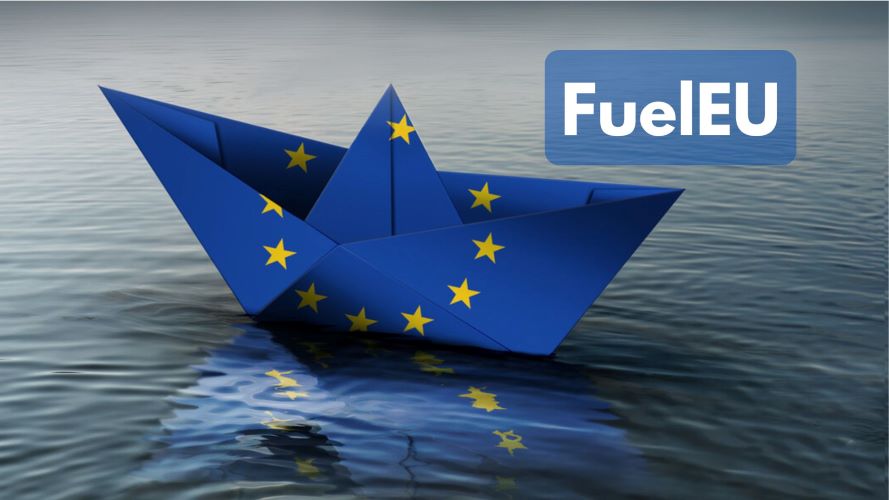Understanding the New FuelEU Maritime Regulation

The European Union (EU) has taken significant steps to combat climate change by introducing the FuelEU Maritime Regulation. This new legislation aims to reduce greenhouse gas (GHG) emissions from the maritime sector, aligning with the EU’s broader climate goals. The regulation, adopted in July 2023, is part of the EU’s Fit for 55 legislative package, which seeks to cut GHG emissions by at least 55% by 2030 compared to 1990 levels. As the maritime industry prepares for these changes, stakeholders must understand the implications for their operations.
Key Objectives of FuelEU Maritime Regulation
The FuelEU Maritime Regulation has two primary objectives. First, it aims to significantly reduce the GHG emissions intensity from ships. This reduction is measured on a “well-to-wake” basis, which accounts for emissions from fuel production, transport, and use on board. The regulation emphasizes the adoption of low-carbon and renewable fuels, particularly renewable fuels of non-biological origin (RFNBOs).
Second, the regulation mandates that passenger and container ships use onshore power while docked for more than two hours. This requirement is designed to minimize emissions during port stays, which can be a significant source of pollution. By encouraging the use of cleaner fuels and onshore power, the EU hopes to foster a more sustainable maritime industry.
The regulation will be implemented gradually, with specific GHG intensity limits set to decrease over time. Starting January 1, 2025, ships must use fuels with a GHG intensity below 91.16 gCO2e/MJ. This limit will tighten every five years, ultimately aiming for an 80% reduction by 2050. The gradual implementation allows maritime stakeholders to adapt their operations and invest in cleaner technologies.
Scope and Compliance Requirements
The FuelEU Maritime Regulation applies to all ships over 5,000 gross tonnage that transport passengers or cargo for commercial purposes, regardless of their flag. This includes passenger ships, cruise ships, and containerships, among others. However, certain vessels are exempt, such as warships, fishing vessels, and ships used exclusively for non-commercial purposes.
To comply with the regulation, ship operators must monitor and report their GHG emissions. The GHG intensity is calculated based on the total energy used on board, which includes propulsion and onboard equipment operation. The regulation covers voyages to and from ports within the EU/EEA, as well as a portion of energy used on international voyages.
The EU Commission will establish a list of neighboring container transshipment ports by December 31, 2025. This list will help prevent evasive behavior, where ships unload cargo at ports solely to transfer it to another vessel. By ensuring that emissions are accounted for during these transshipments, the regulation aims to maintain its integrity and effectiveness.
As the maritime industry navigates these new regulations, understanding the scope and compliance requirements will be crucial for stakeholders. The FuelEU Maritime Regulation represents a significant shift towards sustainability in shipping, and its successful implementation will depend on the collective efforts of the industry.
